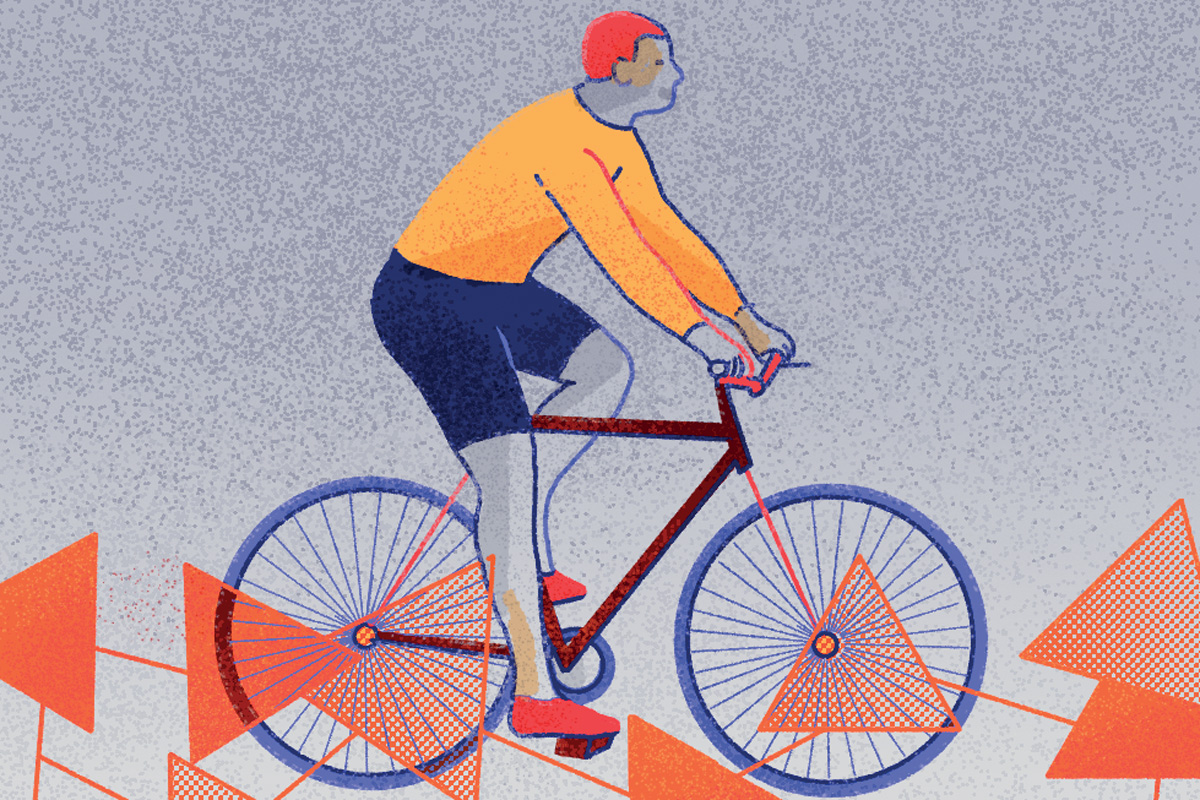

Learning to pedal is no easy feat. But forgetting is harder. For most people, even after decades-long hiatuses, cruising still feels like a breeze. The key is how the brain remembers the task.
Mastering cycling requires a ton of higher-level thinking: Your noggin’s motor cortices plan and execute precise muscle control, the cerebellum helps you balance and time your pedal strokes, and the basal ganglia keep these movements fluid rather than jerky.
It’s precisely this colossal load of cerebral coordination that ensures the skill sticks around, says Jürgen Konczak, a neuroscientist and biomechanics expert at the University of Minnesota. We use every muscle movement and subsequent brain connection involved in bike riding during other activities, like dancing, playing sports, and walking—just not all at the same time. When the time comes to hop back on the saddle, all the necessary moving parts are already tuned and oiled. There’s never a bad time to start pedaling again. It’s truly a skill that lasts a lifetime.
This story appears in the Winter 2020, Transformation issue of Popular Science.
